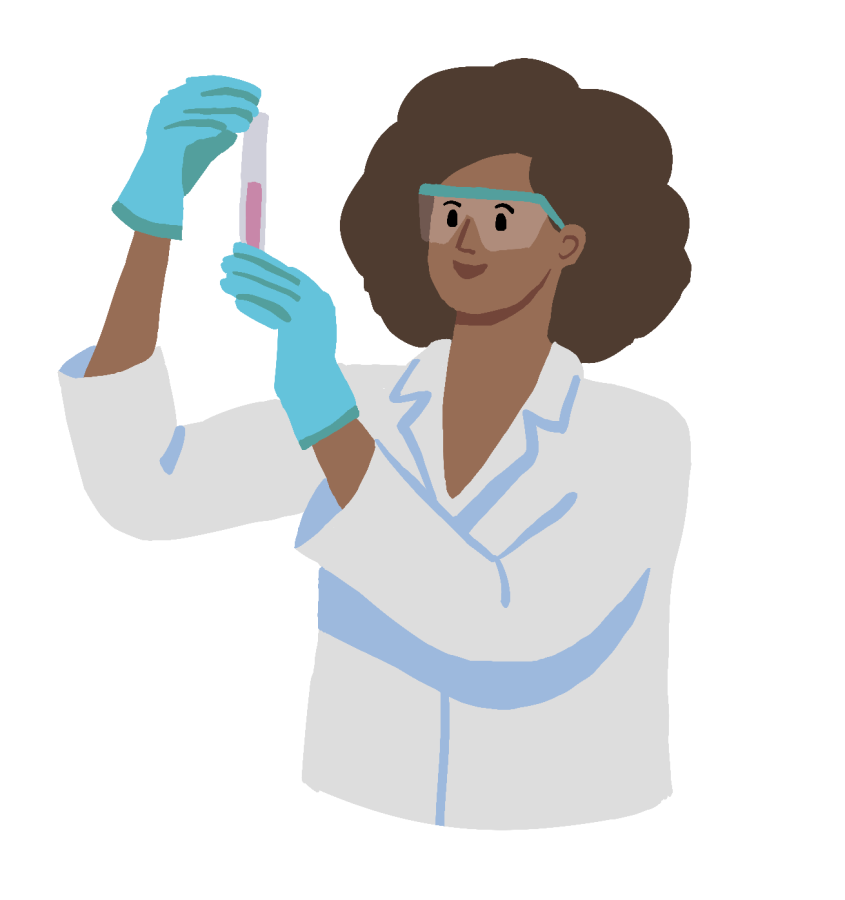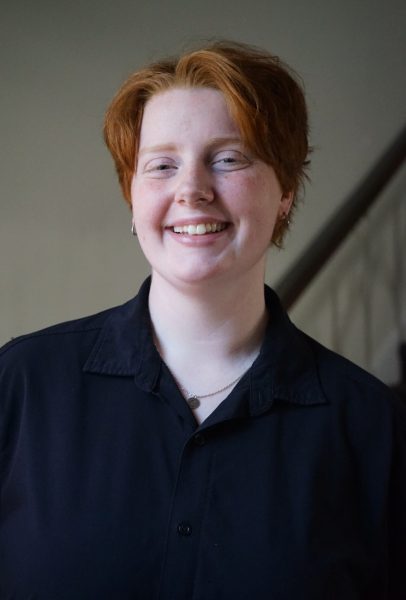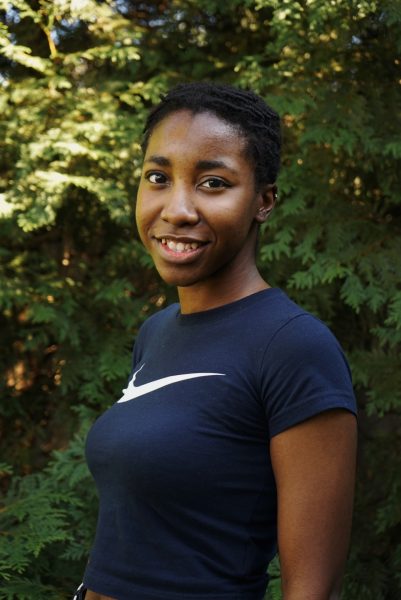Students, professor research The Faces of Chemistry
March 16, 2023
Dr. Sara Johnson has been working with some of her students on The Faces of Chemistry, a project that creates educational resources for lesser known chemists.
Johnson, a chemistry professor at the University of North Alabama, does her research primarily in chemistry education. She thought up the idea for this research after seeing a high school chemistry teacher on TikTok talking about a project highlighting Black scientists using a periodic table. Seeing that recognition helped to fuel her own desire to showcase those that chemistry textbooks normally exclude.
“If you look in chemistry textbooks, most focus very much on content,” said Johnson. “They may talk about a few scientists, but it’s always the same scientists. That gives a perception that only certain types of people go into chemistry. I think the project came out of [the question]: how could we create a resource that could be used in classrooms? Chemists or chemistry faculty might not have the time to spend multiple lectures on specific chemists, but what are some resources we could create if they wanted to introduce that? Lots of people go into chemistry, so we could create that so they could use it.”
Johnson began the project on her own, but soon realized that it would be a great deal of work for one person to compile that much data at one time. She then pitched the idea to Honors students in her Introductory Chemistry course who were looking for credit for their required Honors courses, giving them the option to use The Faces of Chemistry for their research for Honors credit.
When starting the project, the students select chemists that they would like to research, usually picking chemists from backgrounds that interest them. After compiling data on the chemists they chose, students then write a short biography, usually 250 to 500 words, about the chemists’ lives and contributions to the field of chemistry. The information is usually based on what the students find most interesting or relevant.
“After they read about the chemist and do research, it’s what they want to highlight about the person,” Johnson said. “Many of the students that have taken my class have been women, and they’ve been very interested in women chemists, so they’ll often talk about the historical component of how politics or war play into what they were able to do as a chemist and what they were able to do as women.”
Once students have created biographies, they are then asked to make a PowerPoint slide containing the high points of the biography and pictures of the chemist, as well as images that depict their contributions to the field. Before Johnson submits the slides, the Mitchell West Center for Social Inclusion has agreed to review them to ensure that not only are they correct, but they are understandable and high-quality as well.
After this process is finished, the newly-created educational resources will be uploaded to the project’s RoOAR page. RoOAR is UNA’s Repository of Open Access Research.
“One thing about research is that a lot of times if you publish in a journal, whoever’s interested in it has to pay for it,” Johnson said. “We don’t really want to put these in a journal where someone has to pay for access, because sometimes K-12 teachers don’t necessarily have journal access. RoOAR is the university’s open access repository, which essentially means that for anything you put here, anyone who wants to access it can access it without signing in.”
Johnson’s mission with publishing open access resources is to show students that it is possible for anyone to go into chemistry, no matter what their background.
“There’s a lot of research on students who don’t see themselves in chemistry,” Johnson said. “If you’re a woman, and you primarily see pictures of men doing chemistry, it influences if you feel like you belong in chemistry. Part of the goal of this is trying to demonstrate that lots of different types of people are in chemistry, and then to research after students have seen these different representations, how that impacts their feelings about science. That comes down to belongingness: how well does a person feel like they belong in science? That will be the big picture.”
One student who previously contributed to the project, Caroline Schlichter, found the research process fascinating. Through her time helping Dr. Johnson with this research, she found a great interest in studying women of color’s contributions to chemistry.
“I really wanted to focus on women and their contributions to chemistry,” said Schlichter. “Then, the more I got into it, the more I discovered that there’s a lot of women of minorities that contributed so much to the field of chemistry. Then I kind of narrowed down what I was researching to specifically women of color that were studying chemistry. The process of narrowing that down and researching people that I admire was really interesting.”
Schlichter found the stories of the women she researched inspiring, as she is a nursing major and plans to work in the medical field.
“I enjoyed learning about what women did during that time,” Schlichter said. “A lot of them were very looked down upon. One of them I researched was the only Black student at her school that she went to, and that was one of my favorite people that I researched. I think my favorite part was seeing the amount of things that they did to change the culture of women in science. As a woman going into a medical field, I feel like it really inspired me to keep going after seeing everything they went through.”
She also feels that it is important to educate others about the contributions of women in chemistry, as they are often not recognized as much as men in the field are.
“I want the people that I researched to be more recognized,” Schlichter said. “Especially for women of color in chemistry, a lot of them aren’t mentioned in textbooks. They made really significant contributions, but they aren’t mentioned as much as we mention men in the field. I really want women of color to have their names out there and for people to really know what they did and have appreciation for them.”
Johnson’s favorite part of the project is learning about chemists through the eyes of her students, as they shed new light on chemists that they wish to recognize. She encourages more students to get involved in the project.
“If anyone wants to participate, they do not have to be in Introductory Chemistry to do this,” Johnson said. “I currently have been using that class as a way to recruit students, but if someone is interested in contributing, they are welcome to reach out to me. You don’t have to be a chemistry major. You can be in any field. It can be as little as one biography. I’m always looking for more people to contribute.”




